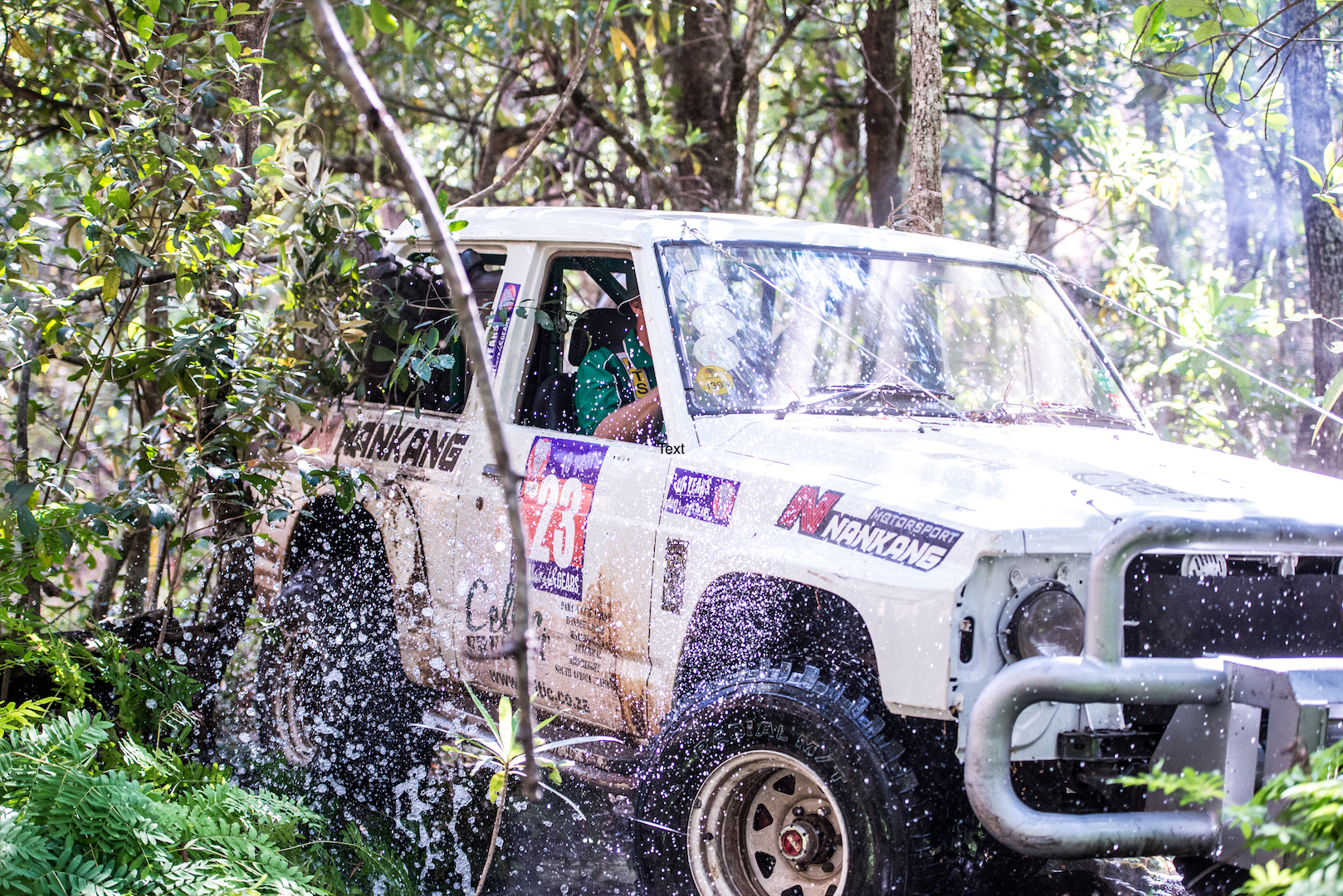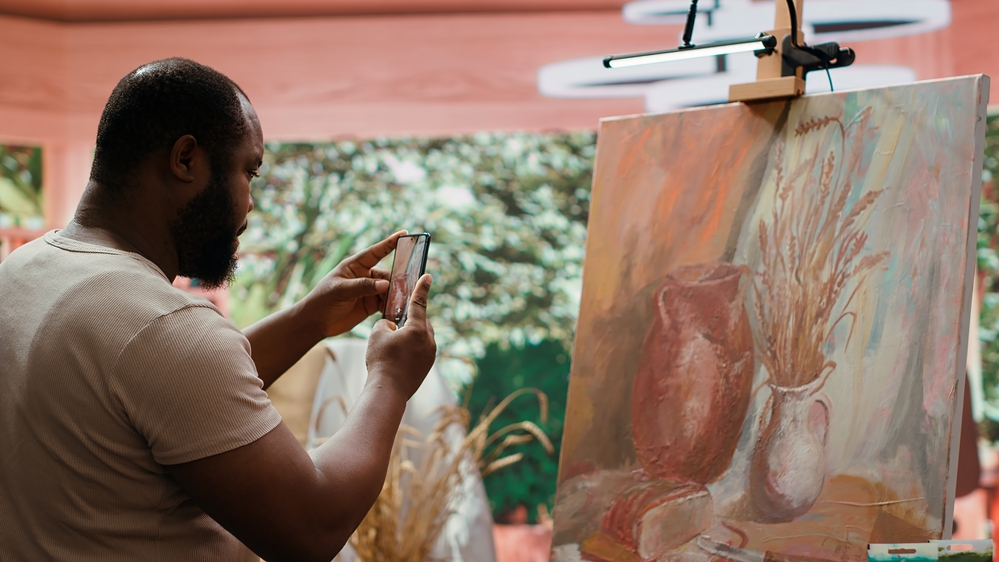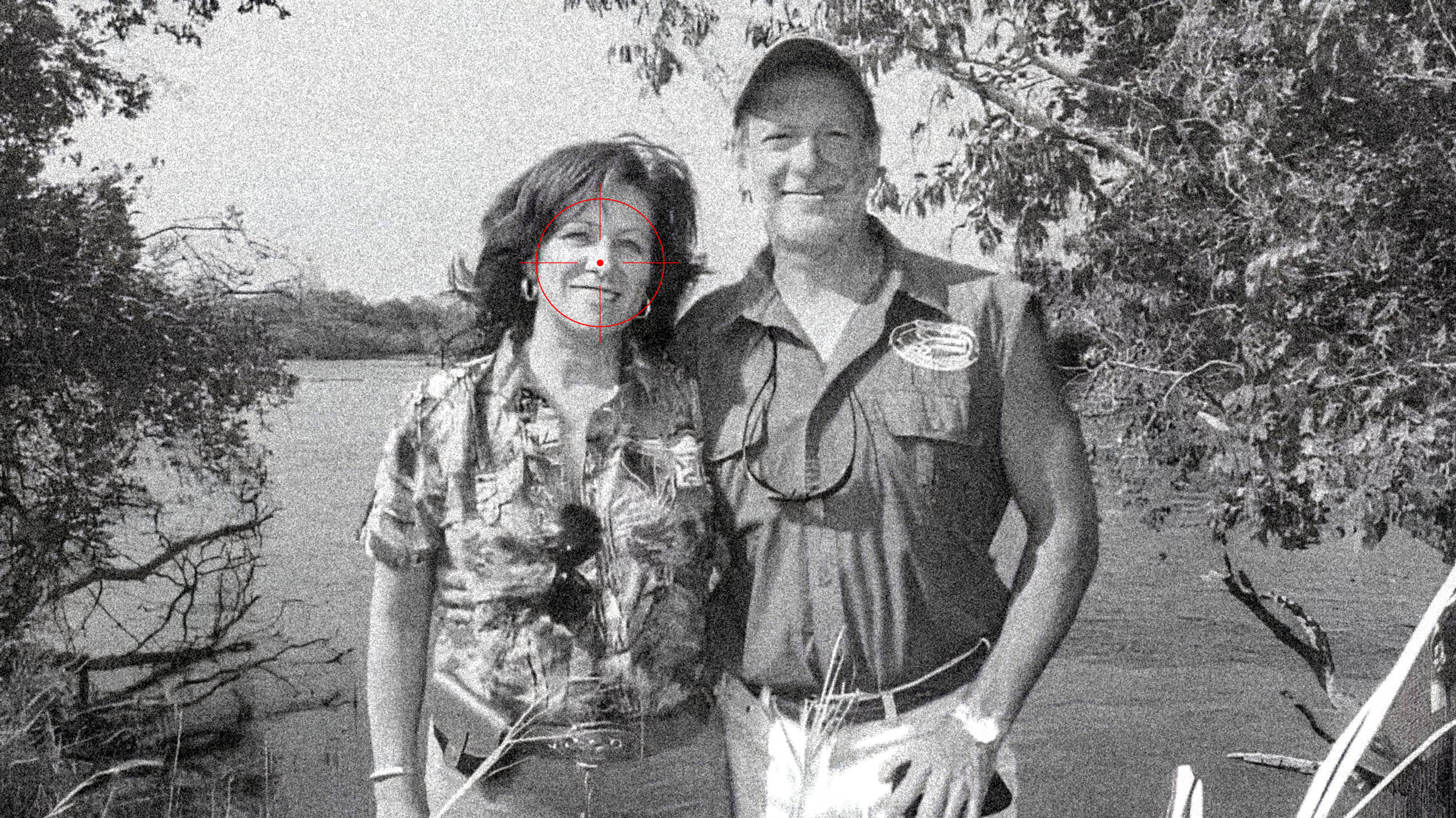Zambia’s history is rich with adventure, courage and tenacity. Many of the nation’s journeys and its growth and development have depended on the tyres of a myriad of diverse vehicles. Today, many city slickers can be seen snaking their way through the congested streets of Lusaka in a Toyota Vitz, while farmers still depend on a trusty 4×4 to negotiate rough terrain in the bush. Established in 2008, the Elephant Charge is the culmination of Zambia’s motoring and conservation history. It is a 4×4 motorsport challenge that is held in a different, secret location every year to raise funds for Zambian conservation projects.
But let’s start at the beginning of the course of Zambia’s motoring industry. In the 1930s you might have been seen behind the wheel of an Austin Seven, like this gentleman from Broken Hill (now Kabwe) . The Austin Seven was an economy car that was produced from 1922 to 1939 in the United Kingdom. It was nicknamed the “Baby Austin” and at that time was one of the most popular cars produced for the British market and sold well abroad.
Henry Tayali and his employee, Lungu, pose next to a Land Rover that was used for University of Zambia field trips
In the late 50s and early 60s, the common vehicles were the American Chevrolet Biscayne and Chevrolet Impala. The Impala was Chevrolet’s most expensive passenger model through 1965 and had become the best-selling automobile in the United States. For its debut in 1958, the Impala was distinguished from other models by its symmetrical triple taillights.
Meanwhile out in the bush, the trusty Land Rover has a long history in Zambia as shown in this picture of Henry Tayali with Lungu, his employee, in Lusaka’s Roma neighbourhood in 1976. The Land Rover belonged to the University of Zambia and was used by Tayali during field trips for the Institute of African Studies, where he worked as a lecturer in African Art and later as a resident artist. Tayali is Zambia’s most famous painter and considered a most revered and pre-eminent artist. He worked tirelessly to raise the profile of indigenous arts and crafts in Zambia and played a pivotal and influential role in cultural and artistic development.
A Camel 2013 at a previous Elephant Charge
Another famous 4×4 driver, the grandfather of the Zambian walking safari Norman Carr, may well have been as attached to his Land Rover as he was to the wildlife of South Luangwa. He was influential in setting up national parks in Malawi, Zambia and Zimbabwe in the 1950s and 1960s. In Zambia, his vision of conservation through tourism led him to set up the country’s first safari company, Norman Carr Safaris, with a focus on local employment and empowerment. Carr helped return two lion cubs (Big Boy and Little Boy) to the wild and provided wildlife education to local children in the South Luangwa Valley through the Kapani School Project, which has been running since 1986.
An Austin Seven at in 1930s Broken Hill (present day Kabwe)
But back to his vehicle, the Land Rover Defender (initially called the Land Rover Ninety and Land Rover One Ten) is a British four-wheel drive off-road vehicle developed in the 1980s from the original Land Rover Series, which was launched in April 1948. After a continuous run of 67 years, production finally ended on 29 January 2016 when the last Land Rover Defender rolled off the production line. A special edition Defender Works V8, with 400bhp, was announced in January 2018. The next-generation model, codenamed L663, will be completely redesigned and come in two wheelbase sizes. Watch this (workshop) space!
So here we are today with an estimated 350,000 Zambians owning their own vehicle. A full array of vehicles, produced all over the world are now being used in Zambia. The Elephant Charge is a showcase of this wide array of motor vehicles. From a Mercedes Galendewagen (cross-country vehicle) to a Mitsubishi Pajero to Nissan Patrols to the inevitable Land Rover Defenders, we’ve got them all. Some of them recognisable, some of them modified beyond recognition, but all of them filled with grit and determination in the form of a team of chargers: one driver, one navigator and up to four runners. Facing a grueling course of ten checkpoints in the Zambian wild, maneuvering through gullies and around hilltops, these vehicles have come all the way, in the name of conservation.
Conservationist Norman Carr was attached to his trusty Land Rover
Each Elephant Charge team is fundraising for wildlife conservation projects in Zambia. As of 2018, over $750,000 has been raised for 17 projects including Conservation Lower Zambezi, Zambian Carnivore Programme, Conservation South Luangwa, the Wildlife and Environmental Conservation Society of Zambia (Chongololo Clubs) and many more. Join us this year on Saturday 29 September to see history in the making and celebrate Zambia’s natural and mechanical heritage. Register a vehicle, support a team or just come out to spectate. For more information see: elephantcharge.org or follow us on social media @ElephantCharge.








